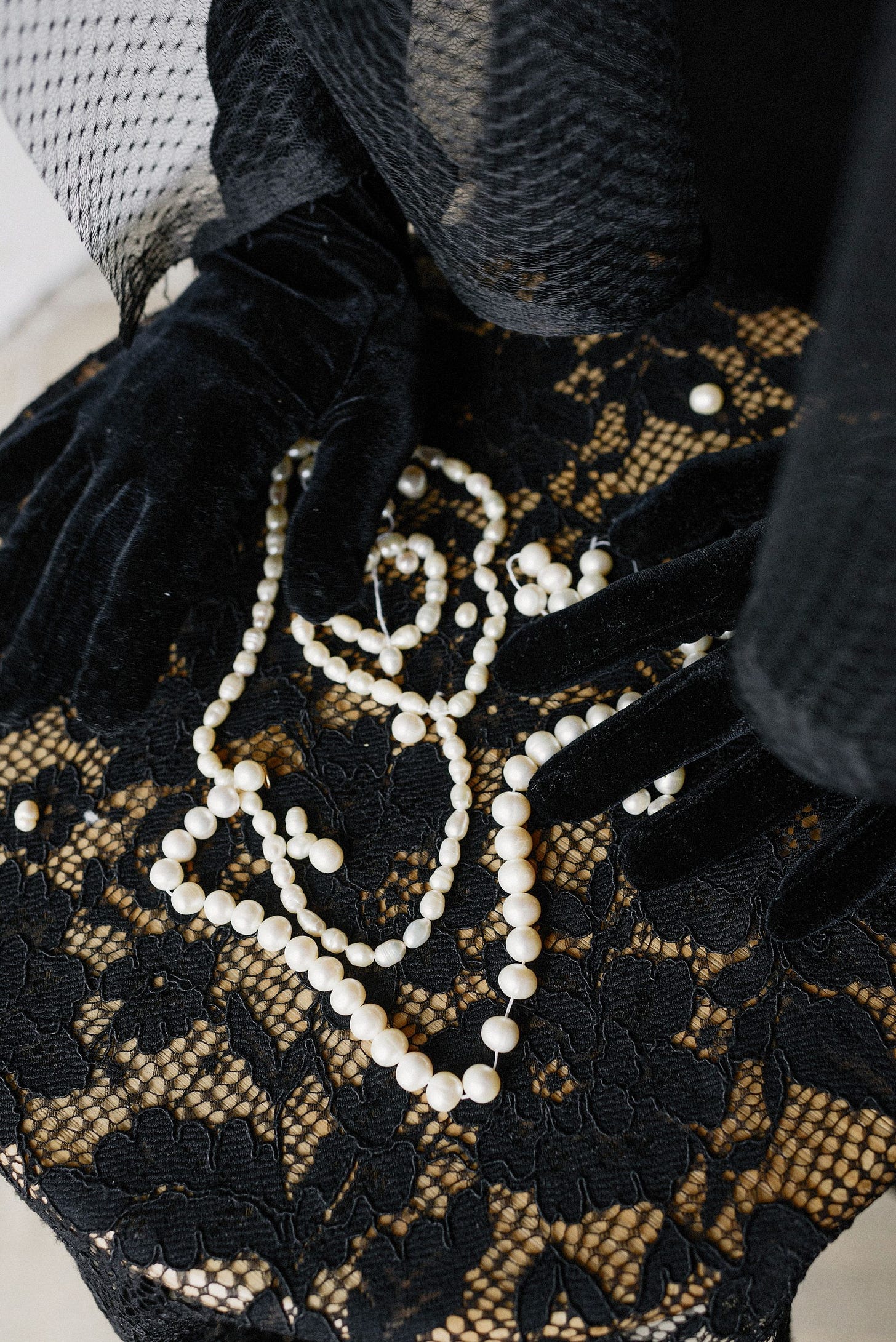I've been working on a novella that relies pretty heavily on inheritance rules. I thought they were pretty unusual at first, but the more I dug into how different societies handle inheritance the more I realized that there's been a lot more variation than I thought there was. Still, there are surprisingly few unique systems.
Quick Facts
Inheritance laws i…
Keep reading with a 7-day free trial
Subscribe to Manuscriptions to keep reading this post and get 7 days of free access to the full post archives.



